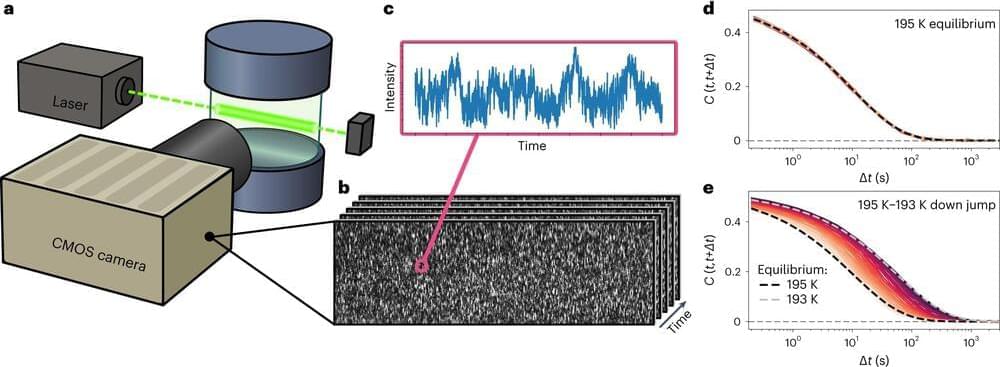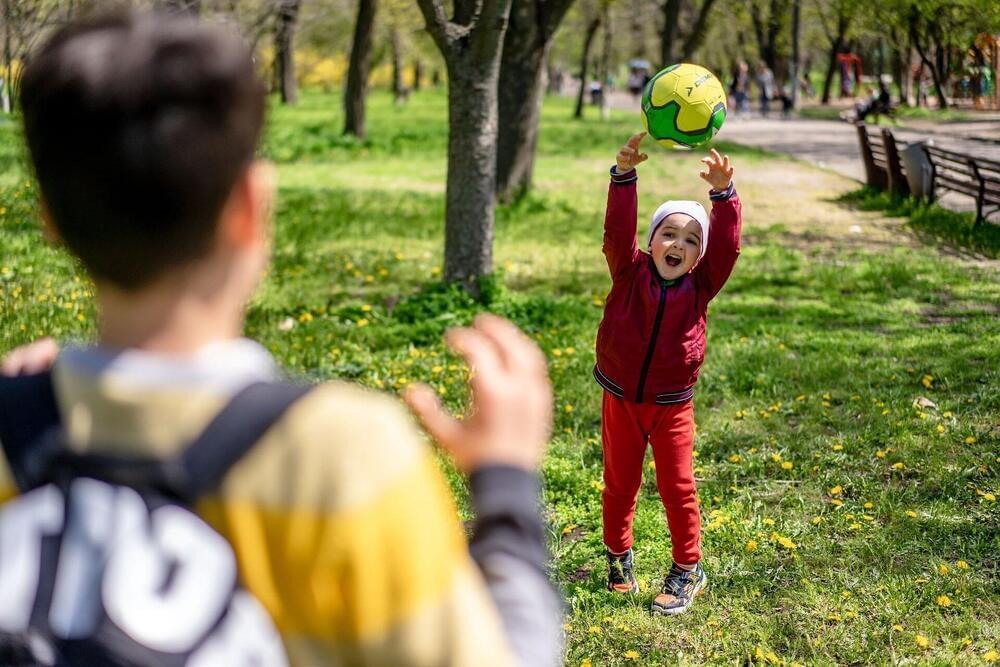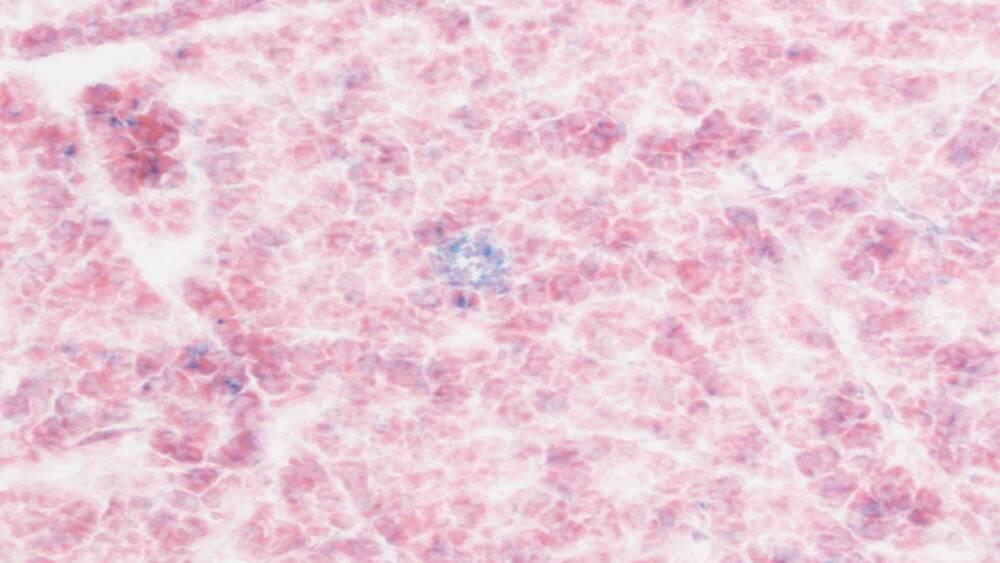Tomorrow Bio’s founder Dr. Emil Kendziorra explains 3 landmark papers in the field of cryopreservation.


Publicly-Funded Longevity Clinics – Andrea Maier at Longevity Summit Dublin 2023#AndreaMaier #LongevityClinics #PublicFunding #LongevitySummitDublin2023 #Agi…
The journey of aging brings with it an unavoidable reality for many: an increased accumulation of body fat.
Though much of society seems mostly focused on the aesthetics of being overweight, doctors look past any cosmetic concerns to focus on the health implications of fat byproducts in the body.
Fatty acids are one of the molecular building blocks that make up fats. Though essential for various bodily functions, excessive amounts of fatty acids in the body can be harmful, shortening a person’s health span and life span by increasing their risk of chronic disease, disrupting metabolic processes and promoting inflammation.
Join us on Patreon! https://www.patreon.com/MichaelLustgartenPhDDiscount Links: Epigenetic, Telomere Testing: https://trudiagnostic.com/?irclickid=U-s3Ii2r7x…

Physicists in Darmstadt are investigating aging processes in materials. For the first time, they have measured the ticking of an internal clock in glass. When evaluating the data, they discovered a surprising phenomenon.
We experience time as having only one direction. Who has ever seen a cup smash on the floor, only to then spontaneously reassemble itself? To physicists, this is not immediately self-evident because the formulae that describe movements apply irrespective of the direction of time.
A video of a pendulum swinging unimpeded, for instance, would look just the same if it ran backwards. The everyday irreversibility we experience only comes into play through a further law of nature, the second law of thermodynamics. This states that the disorder in a system grows constantly. If the smashed cup were to reassemble itself, however, the disorder would decrease.

Scientists have been aware of a specific organelle in plant cells for more than a hundred years. However, UC Riverside scientists have only now discovered the organelle’s key role in aging.
The researchers initially set out to understand more generally which parts of plant cells control plant responses to stress from things like infections, too much salt, or too little light. Serendipitously, they found this organelle, and a protein responsible for maintaining the organelle, control whether plants survive being left too often in the dark.
Because they had not expected this discovery, which is described in a Nature Plants journal article, the research team was thrilled.

A genetic marker linked to premature aging was reversed in children with obesity during a six-month diet and exercise program, according to a recent study led by the Stanford School of Medicine.
Children’s telomeres—protective molecular “caps” on the chromosomes—were longer during the weight management program, then were shorter again in the year after the program ended, the study found. The research was published last month in Pediatric Obesity.
Like the solid segment at the end of a shoelace, telomeres protect the ends of chromosomes from fraying. In all people, telomeres gradually shorten with aging. Various conditions, including obesity, cause premature shortening of the telomeres.
Dr. David Sinclair’s groundbreaking research indicates a pill capable of reversing aging at a cellular level is possible and that even a high school student…
Mainly this is about vertical farming.
In this eye-opening video, we explore the complex Environmental Impacts of an Aging Cure, delving into how extending Human Lifespan and pursuing Longevity could reshape our planet. We investigate the potential for increased Population Growth, the challenges of Sustainability, and the implications for Resource Consumption. Our analysis covers the Ecological Footprint of a world where aging is a thing of the past, addressing both the ethical dilemmas and the potential for Biomedical Advances in Age-Related Research. As concerns about Overpopulation and the need for Renewable Resources come to the forefront, we examine Eco-friendly Technologies and their role in supporting an age-extended society. Join us in this critical discussion about the intersection of Environmental Ethics and the quest for Age Extension.
Don’t forget to subscribe for more thought-provoking content on the cutting-edge topics of our time. #AgingCure #EnvironmentalImpact #Sustainability.
Make a tax deductible Donation to support Longevity Advocacy and Research at:
LIKE WHAT WE DO?

“If we give it to aged mice, they rejuvenate. If we give it to young mice, they age slower. No other therapy right now can do this.”
The fountain of youth has eluded explorers for ages. It turns out the magic anti-aging elixir might have been inside us all along.
Cold Spring Harbor Laboratory (CSHL) Assistant Professor Corina Amor Vegas and colleagues have discovered that T cells can be reprogrammed to fight aging, so to speak. Given the right set of genetic modifications, these white blood cells can attack another group of cells known as senescent cells. These cells are thought to be responsible for many of the diseases we grapple with later in life.
Senescent cells are those that stop replicating. As we age, they build up in our bodies, resulting in harmful inflammation. While several drugs currently exist that can eliminate these cells, many must be taken repeatedly over time.